14 Indian Art Films That Changed The Image Of Indian Cinema
Jul 21, 2019 • 141 views
1. Nishant (1975)
The film was directed by Shyam Benegal, based on an original screenplay by noted playwright Vijay Tendulkar, with dialogues by Satyadev Dubey. The film features an ensemble of parallel cinema actors including Girish Karnad, Amrish Puri, Shabana Azmi, Anant Nag and Sadhu Meher with Smita Patil and Naseeruddin Shah (In his film debut). This film focuses on the power of the rural elite and the sexual exploitation of women, during the time of feudalism in India. The film won the 1977 National Film Award for Best Feature Film in Hindi. The film was selected to compete for the Palme d'Or at the 1976 Cannes Film Festival. The film was invited to the London Film Festival of 1976, the Melbourne International Film Festival of 1977, and the Chicago International Film Festival of 1977, where it was awarded the Golden Plaque.
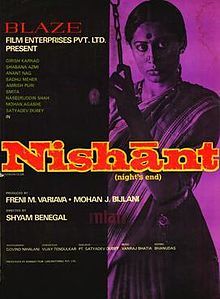
2. Ardh satya (1983)
Ardh Satya is one of the few movies to have examined Indian police culture with a critical eye. Released in 1983, Ardh Satya was a sleeper hit in its time. Over the decades, though, its themes of financial and moral corruption and the true meaning of justice have been forgotten. Ardh Satya is in danger of being considered a relic of the Indian New Wave, a cerebral drama that is fondly remembered but not worthy of being replicated.
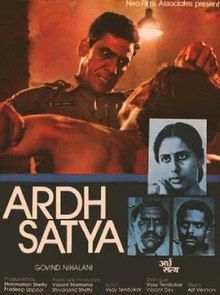
3. Sparsh (1980)
Thrillers have been there presenting a blind hero going for his revenge challenging the people with sight or emotional dramas have been made largely presenting them as objects of pity in either the lead or supporting roles. However, there is only one film in the history of Hindi cinema, which not only takes an insightful look into the world of blinds and their basic thought process towards life, but also narrates an unusual love story with an unparalleled sense of responsibility and understanding that simply serves as a benchmark to filmmakers both within the country and world over.
Produced by Basu Bhattacharya, the film went on to win three National Awards including that of best actor for Naseer.
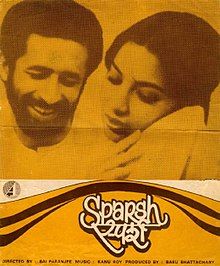
4. Aakrosh (1980)
Govind Nihalani's directd Aakrosh - a film on the developing patterns of violence in society. With a combination of brilliant cinematography and powerful dialogues, the film is a stunning portrayal of hypocrisy and indifference. Chitra Subramaniam who spoke to Nihalani, Satyadev Dubey, who wrote the dialogues, and Vijay Tendulkar, who wrote the story, discusses the making of the masterpiece.
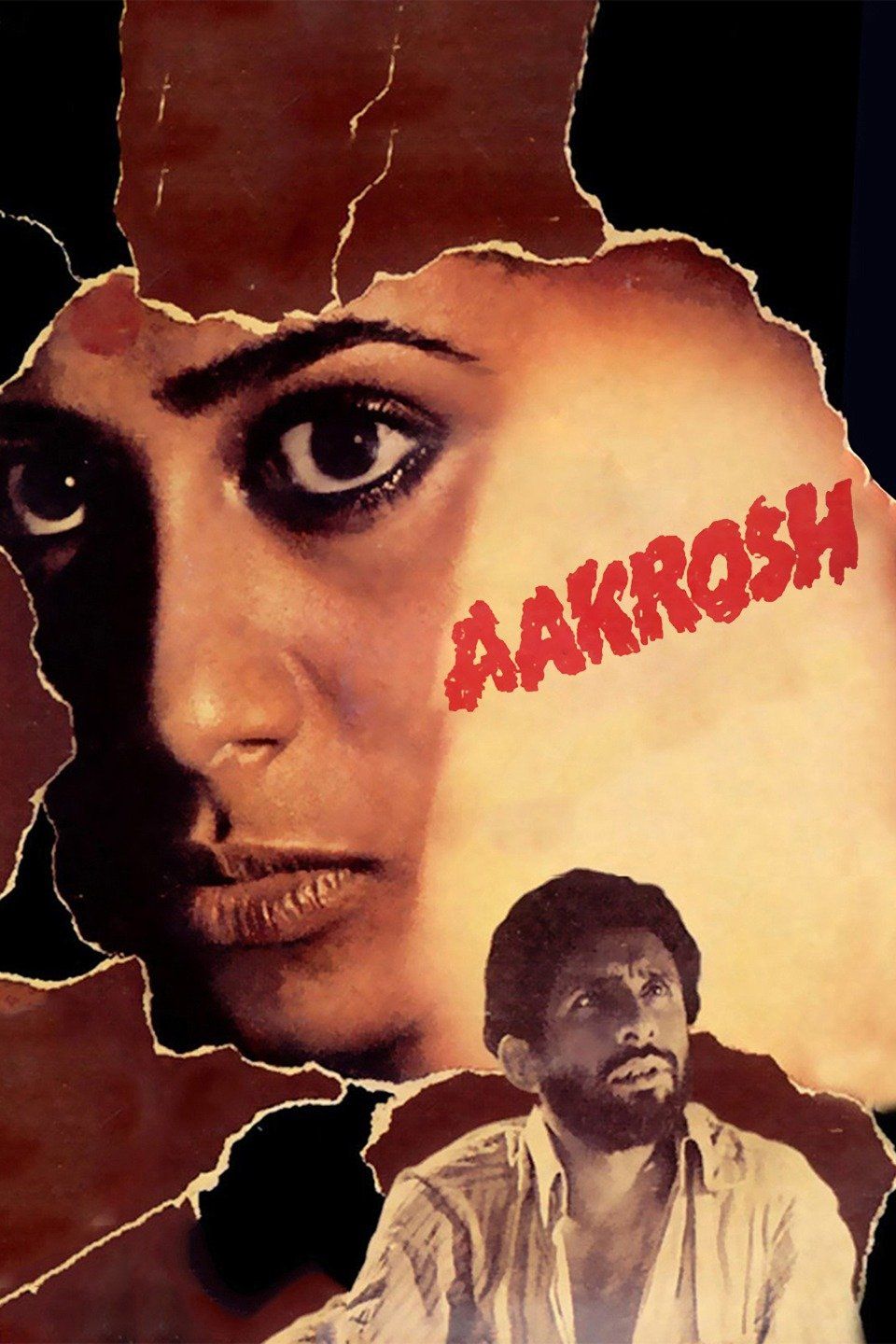
5. Black Friday (2004)
Anurag khashyap's Black Friday is based on journalist Hussain Zaidi’s heavily researched book by the same name, and what makes Black Friday so controversial – and the reason why it was such a battle to bring this film to screen – is because it takes names.
It’s a brave film that documents exactly what happened, based on extensive research and interviews. No names have been changed, no imaginary characters have been created. The film centers around police commissioner Rakesh Maria’s investigations on the blasts.

6. Mandi (1983)
Mandi, directed by Shyam Benegal is a black comedy that is helmed by a heavy star cast, an intelligent script and a challenging theme. Released in 1983, the film changed the way Hindi cinema looks at sex work, the lives of sex workers and the paradoxes within society that lead to their marginalization.
The film is undoubtedly a masterpiece. It is a break from earlier Bollywood films that have treated sex workers as either victims or villains. Mandi acknowledges their agency, dignity and status as workers and holds them to the same moral standards as any other person in the film.
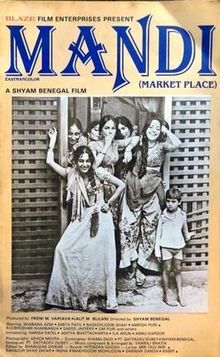
7. Peepli Live (2010)
Peepli Live, a small little film, that showcases the real India without glossing over the contradictions of our fumbling-bumbling democracy or getting overtly sentimental about garibi and the attendant grime that goes with it. Refreshingly, the film unfolds like a hard-hitting satire that turns its tongue-in-cheek gaze over almost all that's incongruous in contemporary Indian society: the rural rot, the yawning rural-urban divide, the vote-bank politics, the out-of-sync bureaucracy, the we-give-a-damn political class, the TRP-lusting media and the total insensitivity towards real people, real problems, real solutions for a real India.
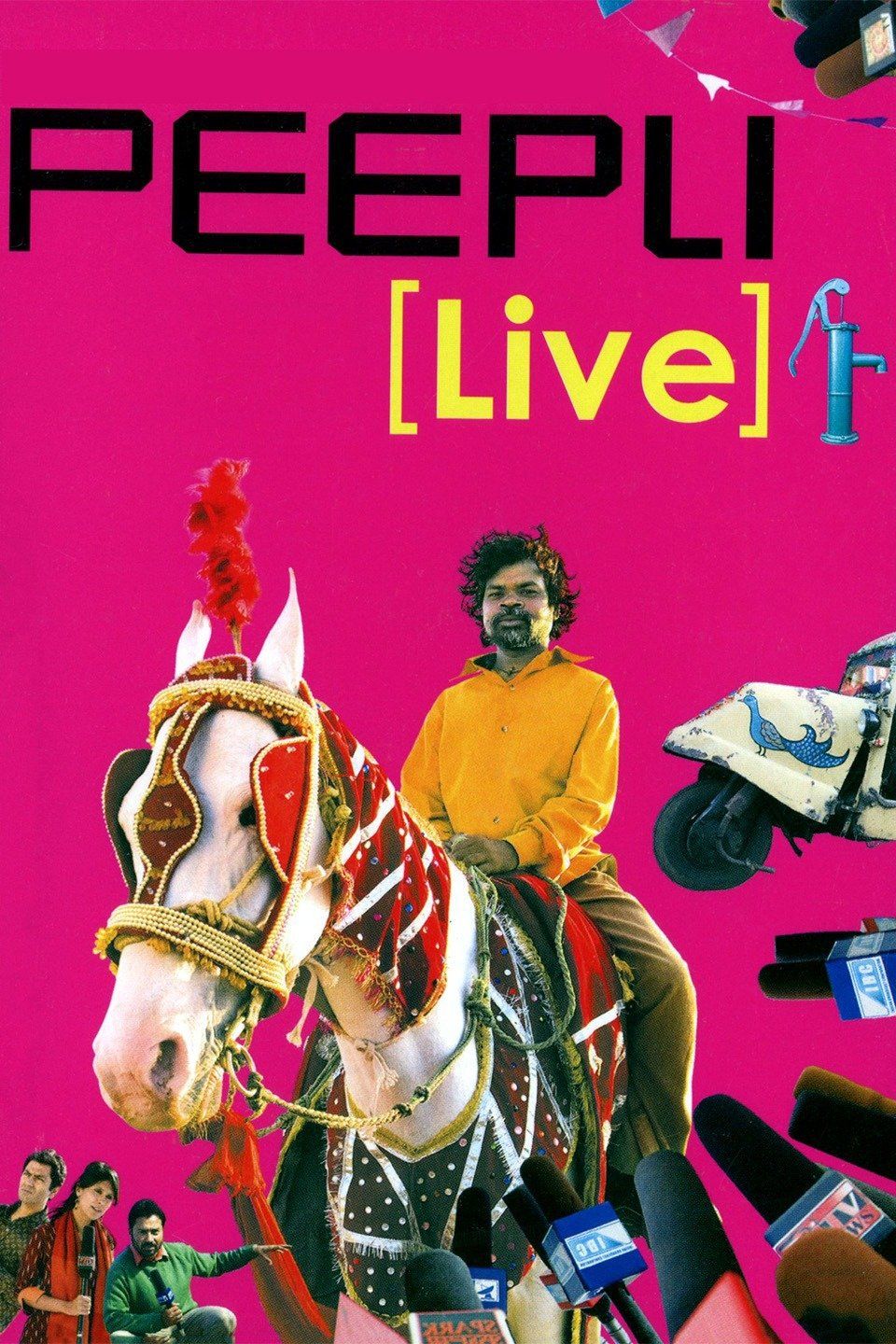
8. Sooraj Ka Satvan Ghoda(1992)
Suraj Ka Satvan Ghoda (1992) is a rare instance of two great minds from Indian cinema and literature coming together to create something extraordinary, with no hint of rancour or regret on either side.
Shyam Benegal’s complex and multi-layered film is based on a 1952 novel by renowned Hindi writer and playwright Dharamvir Bharati. After seeking Bharati’s permission to adapt the novel, Benegal kept asking the writer to have a look at Shama Zaidi’s screenplay.
The central idea of Suraj Ka Satvan Ghoda is that an unshakable belief in humanity is universal and timeless. This makes Dharamvir Bharati’s book relevant 65 years after it was published. Benegal’s gem from 1992 hasn’t lost its lustre her.
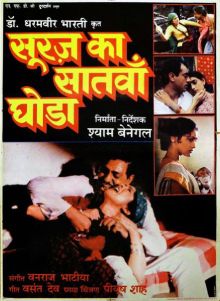
9. Maqbool (2004)
The film offers some of the most imaginative visualisations seen in Hindi cinema (take a bow, cinematographer Hemant Chaturvedi and Vishal Bharadwaj). The director personifies Shakespeare's conniving witches as corrupt cops -- Inspector Purohit (Naseeruddin Shah) and Inspector Pandit (Om Puri), for whom the future is as tangible as the present. For Pandit, the world is a planetary chart meant to be animated by kababs, rainwater, sand or dry fruits. And the crafty Purohit can smooth-talk anyone into doom. He blithely tells Maqbool that in six months, he will reign over Abbaji's terrain.
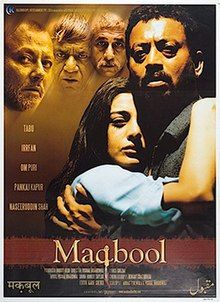
10. Ek Doctor ki maut (1990)
Ek Doctor Ki Maut elaborates upon the many pitfalls that are created by a lethargic political administration and depicts the lack of infrastructural support to Indian scientists with heartbreaking insight.

11. Charulata (1964)
Charulata is based on a story by Rabindranath Tagore, Nastanirh (The broken Nest) and set in Calcutta in the late nineteenth century. Bengal Renaissance is at its peak and India is under the British rule. The film revolves around Charulata / Charu (Madhabi Mukherjee), the childless, intelligent and beautiful wife of Bhupati (Sailen Mukherjee). He edits and publishes a political newspaper. Bhupati is an upper class Bengali intellectual with a keen interest in politics and the freedom movement.
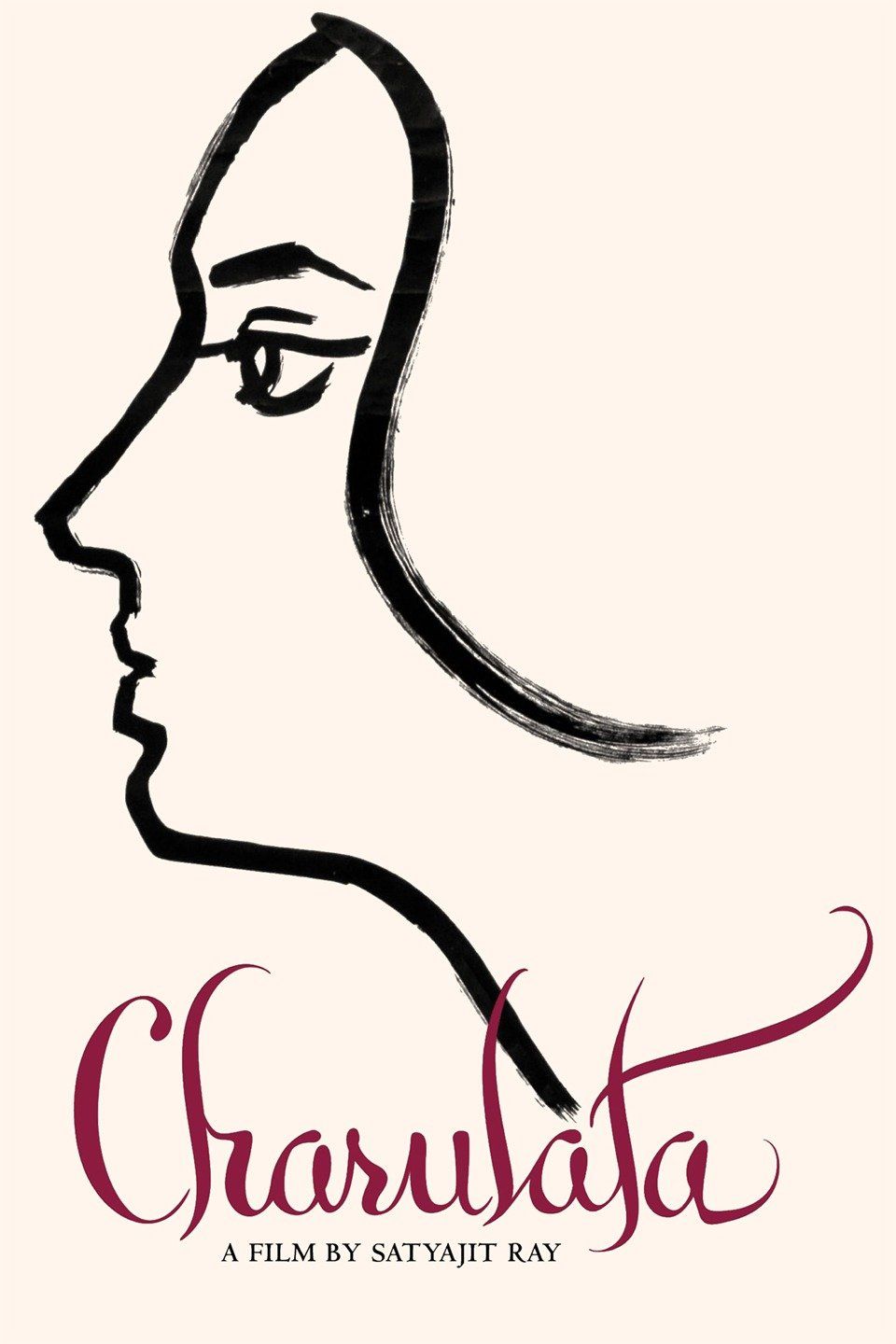
12. Manthan (1976)
Manthan is a 1976 Hindi Film directed by Shyam Benegal. Set in the backdrop of rural Gujarat, the film tells the story of the White revolution pioneered by Verghese Kurien, which ushered in the era of prosperity among the milk producers of the state, while underlining the power of collective effort.
Manthan was made unique by the fact that it was a co-operative effort, true to its theme, funded by 500,000 farmers of Gujarat who donated Rs 2 each to make the film. Highly celebrated, it was India’s official entry to the 1976 Academy Awards.

13. Albert pinto ko gussa kyo aata hai (1980)
Anger, like love, can be a many splendoured thing; transforming in tune with the times and circumstances, often reflecting a nation and its peoples collective cares and concerns. While, Saeed Mirza’s 1980 cult classic, Albert Pinto Ko Gussa Kyon Aata Hai, struck a relevant chord, the 2019 redux by Soumitra Ranade isn’t able to beyond being a mere good intent. The film was persuasive on paper, perhaps, but certainly not on screen.
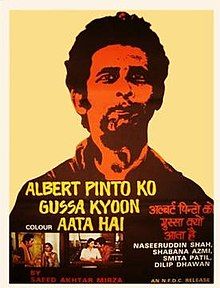
14. Trikal (1985)
Trikal a film about 3 generations, a film about the past, present and future, a film that I managed to see thrice!!! And no! It wasn’t because I couldn’t figure out the first 2 times.
Winner of National Award for best direction and costumes, invited to the London Film Festival; this 1985 film is what they call Middle Cinema, something that’s neither Parallel / Art nor Mainstream. Sounds a wee-lit-bit influenced by the Middle Earth funda to me! Call me ignorant, call me a LOTR freak, but that’s the way it is. Probably the thin red line comes in because of the couple of songs in the flick.

